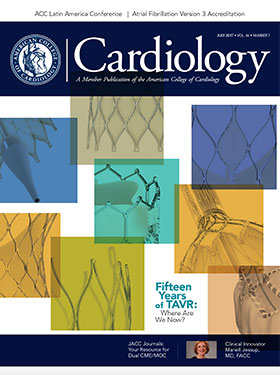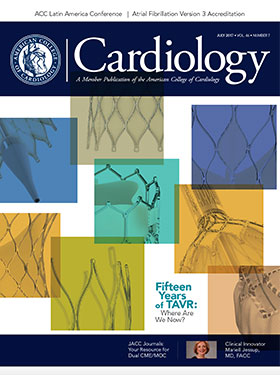Editor's Corner: The Dog Days of Summer
Here comes July, a hot time of year in the northern hemisphere (remember it is winter in the southern hemisphere), the kids are out of school, the air conditioner runs incessantly trying to keep us cool, vacation plans are starting to materialize. New residents and fellows are populating the clinics, long hospital white coats are replacing the short medical student coats, and the new house officers now assume responsibility for more independent patient care.
“Dog Days” likely referred originally to Sirius the dog star that appeared in the morning sky in July, during the hottest time of year in the northern hemisphere. In the northern cities, the weather can become stifling in summer with high temperature and humidity that drive many of us into the cool air of the hospital or clinic. Starting in our outpatient clinic in July means assuring that our new fellows have mentors who can bring a new resident or fellow up to standards on how to communicate with our patients, how to enhance skills in history taking and physical examination, and how to engage a patient in a meaningful conversation about their health care.
We must educate new trainees about patient-physician interactions that involve education about medications, self assessment of health status, recognition of important symptoms that signal a change in health and lifestyle changes that enhance health. We also must be cognizant that new residents and fellows are often intimidated by their new level of responsibility and need frequent reassurance and guidance, particularly in the first few months in their new roles.
" It is the core value of a cardiologist to develop a clinical practice, establish relationships with our patients that can last for decades and bring the best of care to our patients with heart disease."
In July, enthusiasm is high as new house officers encounter invasive cardiology for therapy of patients with acute coronary syndromes, transcathether aortic valve replacement for non-surgical therapy of aortic stenosis, left atrial ablation for therapy of atrial fibrillation, and implanted devices to both monitor and treat abnormal cardiac rhythms. Our fellows will encounter patients who are undergoing evaluation for heart transplantation, many of whom first get a ventricular assist device to hold them in a stable cardiovascular state while they await a donor heart. For new cardiology fellows, the abundance of new avenues of care sometimes is overwhelming. Our first year of training is designed to harness the enthusiasm into specific pathways that will allow a new trainee to begin to focus on specific areas of training.
It is rare for a new fellow to have established training goals in the first year. There is too much new knowledge and trainees seek mentoring from senior clinicians to obtain insight into personal long-term training goals. In this early part of the year, advanced fellows cover the first-year fellows as they become adept at working with our interventional staff for care of acute coronary patients. Managing acute decompensated heart failure is another skill that is quickly learned under supervision of a well-established senior heart failure clinician. In a few weeks, life settles down, routines are learned, communicating in the jargon of cardiology improves and fellows fall into the routines associated with their rotations. And so begins the making of a cardiologist. Throughout the journey is the constant background of ambulatory patient care. Indeed, the majority of patients are seen in the ambulatory setting. It is the core value of a cardiologist to develop a clinical practice, establish relationships with our patients that can last for decades and bring the best of care to our patients with heart disease.
"New residents and fellows are populating the clinics, long hospital white coats are replacing the short medical student coats, and the new house officers now assume responsibility for more independent patient care."
After training, all of us will establish a practice where we are responsible for the continuing care of our patients. These relationships can span generations of family members who know and trust their cardiologist. During training, the fellows will have continuous exposure to ambulatory cardiology and will develop lasting relationships with their clinic patients. These relationships usually end at the completion of fellowship when the fellows depart on their next clinical journey. As we mature in our clinical practice of cardiology, it is important not to forget the Dog Days of summer where the essentials of clinical cardiology were first discussed and the basis for becoming a competent clinical cardiologist was first established.

Alfred A. Bove, MD, PhD, MACC, is professor emeritus of medicine at Temple University School of Medicine in Philadelphia, and a former president of the ACC.
 |
|
| Click the cover image above to read the latest issue of Cardiology in e-pub format or click here to read it on the web! | |
Keywords: ACC Publications, Cardiology Magazine, ACC17, ACC Annual Scientific Session, Heart-Assist Devices, Humidity, Atrial Fibrillation, Acute Coronary Syndrome, Mentors, Rotation, Glucans, Glucose, Heart Transplantation, Heart Failure, Patient Care, Physical Examination, Aortic Valve Stenosis, Health Status, Ambulatory Care Facilities, Life Style, Medical History Taking
< Back to Listings

